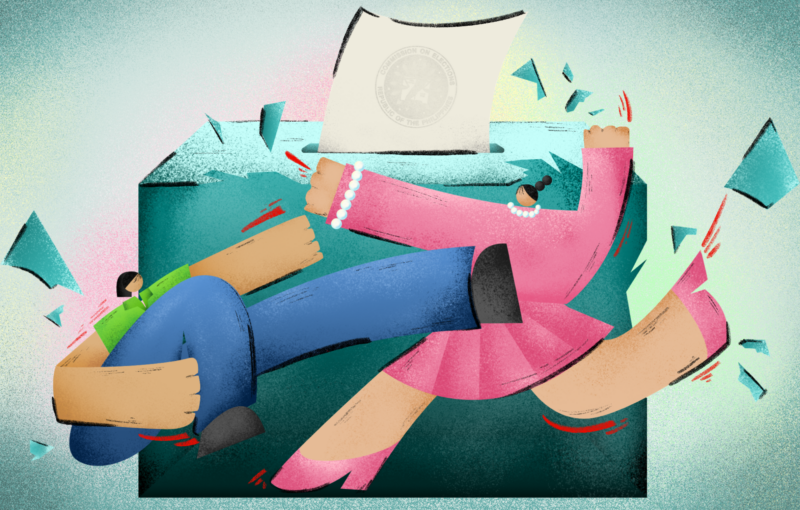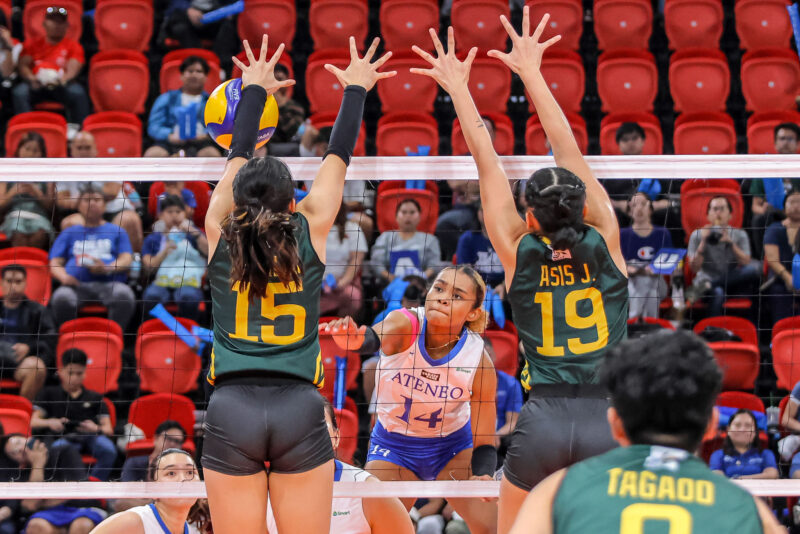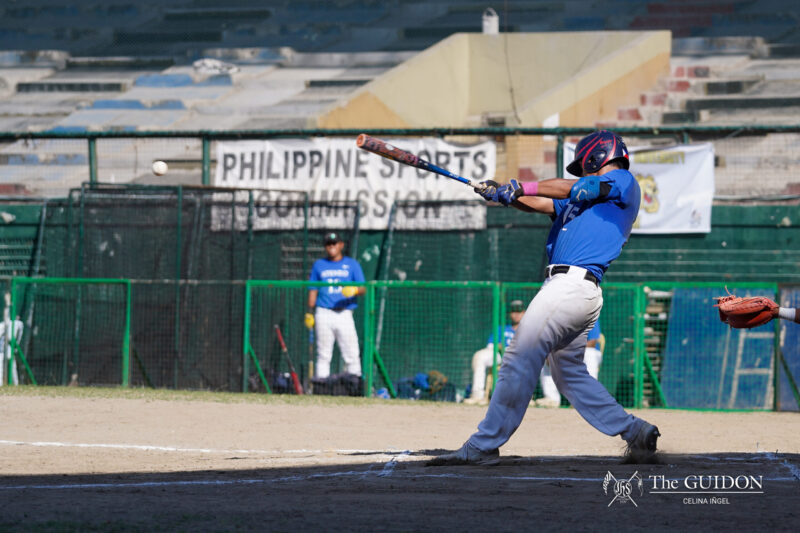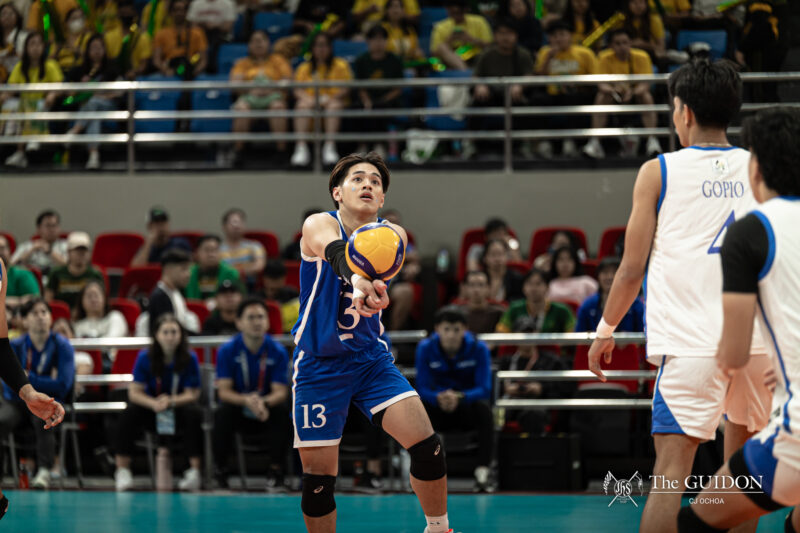THE RECENT rise of artificial intelligence (AI)-generated art has sparked debate on intellectual property rights and the proper usage of such art. People on the internet who have made AI art and gotten recognition for it have come under fire, with others saying that using this kind of art for competitions or business is essentially stealing from other artists. While this may seem like a new kind of art form that is taking the internet by storm, AI-generated art is not new at all.
In particular, one of the earliest generators of AI art was developed in the 1960s and was called AARON. The creator of the program intended for AARON to be “autonomous” and produce “realistic” work. Since then, artificial intelligence has evolved so much that it has been able to imitate photos, videos, graphics, and various other art forms. To do this, artificial intelligence takes elements from existing pieces of art, morphing them together to make a new “original” piece.
However, the real issue arises not from the artificial generation of art but in its improper use. While people may generate AI art for personal use, the line is ultimately drawn at monetizing this work or passing it off as original art. Along with that, as AI gives people the ability to curate realistic but false images and videos, conflict arises when AI-generated art becomes a medium for online trolls to pedal false information.
Interestingly, AI art is not the first medium to be met with significant controversy. In the past, painters and artists denounced the invention of the camera, with famous poet and art critic Charles Baudelaire labeling its true duty as a “servant to the sciences and arts,” rather than an art form that expresses the imaginary and creative. Similar criticism has been fired at AI programs capable of creating art, as counter-arguments center around how these programs require little skill expression compared to contemporary art.
Unlike these other mediums, AI art separates itself from photography and design programs. As these AI companies are prone to scrapping together images and pictures from the internet, programs are taught algorithms to recognize and reproduce images in existing art styles. Unfortunately, no artist who uploads their work online is exempt from unwittingly helping AI companies train their algorithms. This makes AI programs inherently anti-artist as programs are explicitly instructed to utilize and copy artists seeking to make a living. While it’s true that AI art can be indicated by image warping, mismatched proportions, and unrefined limbs, technology is only getting better at a quick pace. The question is how we can differentiate AI-generated art from those done by actual artists. Many AI applications do not impose watermarks on artworks making this all the more difficult. As such, what needs to be evaluated are the ways in which AI is utilized, and the manner in which AI should be employed in any artistic endeavor.
The rise of these applications has supplanted doubt and fear among many in the art community. Many wonder about the point of paying and commissioning artists when applications allow companies to generate art themselves. While it’s undeniable that AI art can be utilized as a stimulating and creative tool, the application’s inherent structure that relies on stealing and infringing on creative work will make it a controversial and morally ambiguous tool for the days to come.
Until AI structures and systems can be fitted with safeguards against creative infringement, there will remain to be a specter of doubt and an assumption of dishonesty with regard to the use of AI in art. Future attempts, therefore, by artists to harness and utilize the capacities and plethora of possibilities found in and with AI will need to first hurdle the challenge of harmonizing AI with human talent. Art, in this sense, would relate to an artist’s own creative expression made possible by the responsible use of AI as a tool that enhances artistic freedom, without infringing on the freedoms of other artists.







